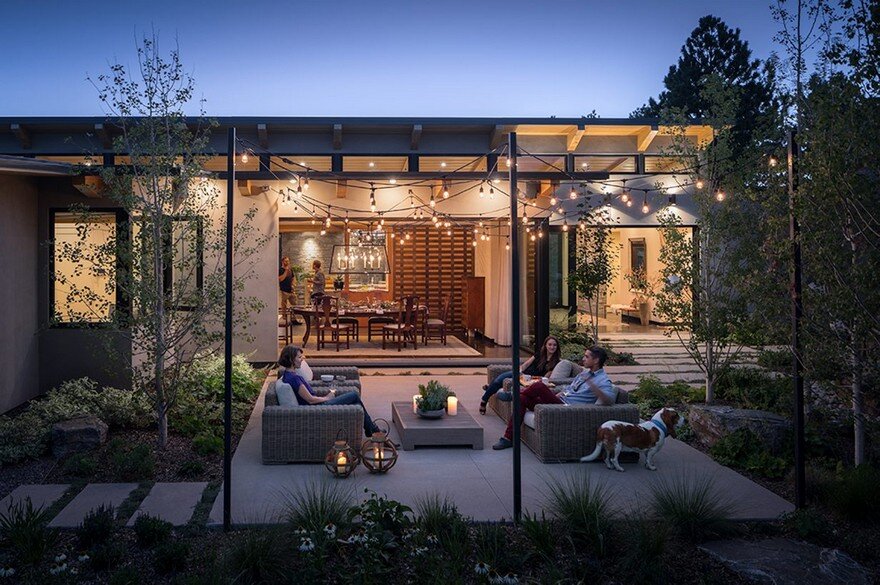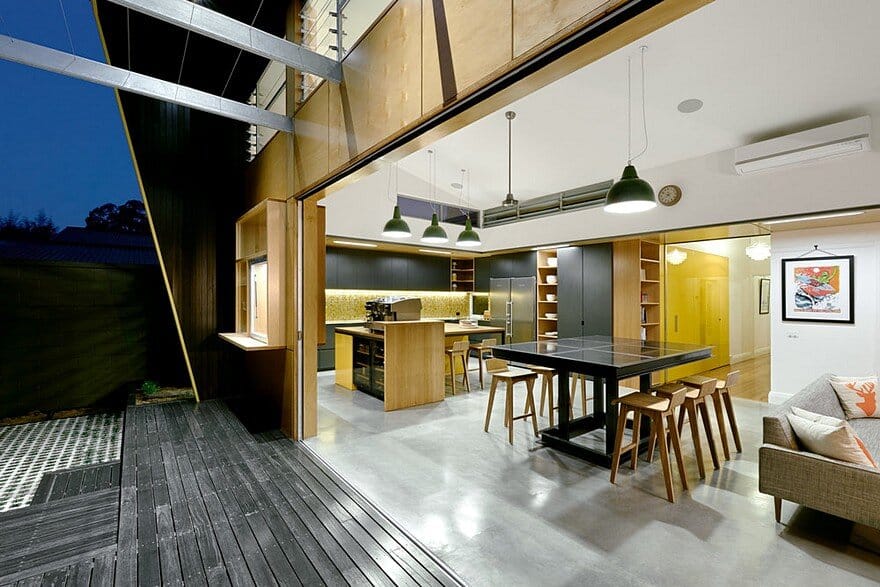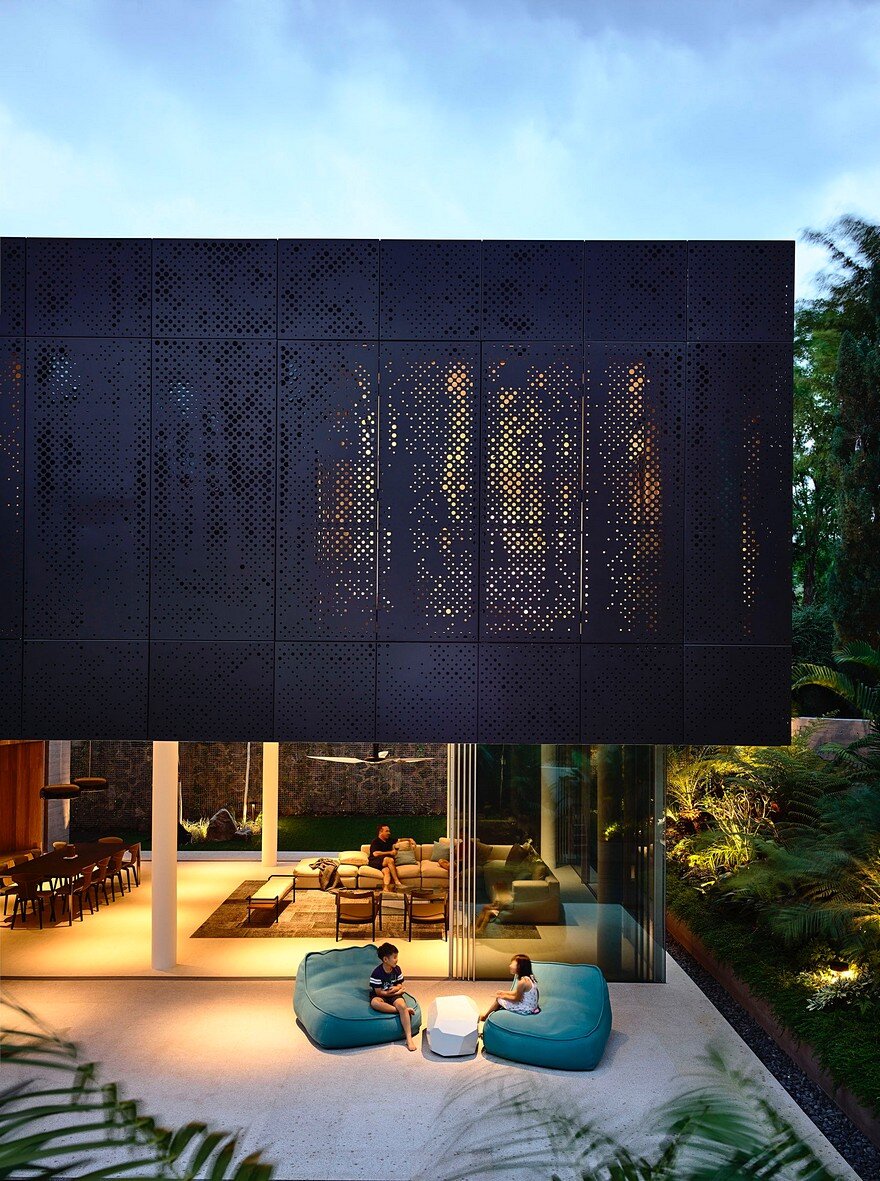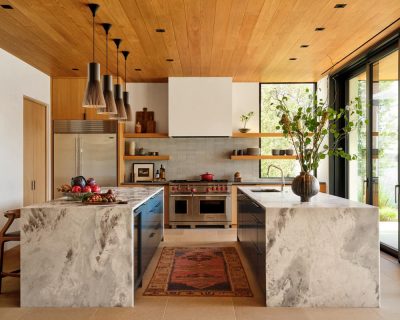
The significance of lighting in home decor cannot be overstated. It sets the mood, enhances functionality, and adds a touch of elegance to your living spaces. Choosing the right light fixtures for your home is an art that requires careful consideration of various factors, including design aesthetics, functionality, and energy efficiency. In this comprehensive guide, we’ll delve into the art of lighting and help you choose the perfect light fixtures to transform your home into a beautifully illuminated sanctuary.
Understanding the Three Types of Lighting
Mastering the art of lighting requires a thorough understanding of the three primary types of lighting: ambient, task, and accent lighting.
- Ambient lighting is the general illumination that fills a room, setting the tone and providing a comfortable level of brightness, often coming from sources such as chandeliers, ceiling-mounted fixtures, or pendant lights.
- Task lighting focuses on specific areas where activities are performed, like reading, cooking, or working, with fixtures such as desk lamps, under-cabinet lights, and vanity lights.
- Accent lighting is designed to create visual interest by highlighting architectural features or decor elements using fixtures like wall sconces, track lighting, and picture lights, giving attention to these details and enhancing the space’s overall appearance.
Consider Your Room’s Purpose
The lighting selection in your home should correspond with both the function of the room and the ambiance you wish to establish. For example, a living room benefits from warm and inviting ambient lighting to set the mood, while accent lighting can help to emphasize artwork or decorative elements. Meanwhile, a kitchen requires essential task lighting for food preparation, enhanced by stylish pendant lights hung above an island for added practicality. In the bedroom, convenient bedside table lamps can offer focused task lighting for avid readers and soft ambient lighting works to foster a relaxing environment.
Match the Style of Your Home
Light fixtures should complement the overall style and decor of your home, whether it’s modern, traditional, minimalist, or eclectic. In modern homes, one can often observe sleek and minimalist lighting fixtures that exhibit clean lines and simple shapes. On the other hand, traditional homes might prefer chandeliers, wall sconces, or classic table lamps with ornate details, using materials like brass or crystal. Industrial-style homes tend to appreciate exposed bulbs, metal finishes, and practical designs that evoke a utilitarian aesthetic. Lastly, bohemian and eclectic spaces typically encourage a mix of distinctive and vibrant lighting fixtures that showcase individuality and ingenuity.
Size and Proportion Matter
It is essential to ensure that the size of light fixtures in your home is proportionate to the room’s size and its furnishings. For instance, in dining rooms, a chandelier should be placed above the dining table, maintaining approximately one-third of the table’s width for an appropriately balanced look. Meanwhile, for pendant lights over a kitchen island, take into account the island’s length and determine the number of pendants required for even distribution of light. In bedrooms, choosing bedside table lamps that are suitable for the nightstands is vital for visual harmony and functionality. In more spacious rooms, incorporating multiple sources of light may be necessary to achieve even illumination and a balanced atmosphere.

Layer Your Lighting
To develop a sense of depth and atmosphere within a space, it’s essential to employ a layered lighting approach, which expertly blends ambient, task, and accent lighting, ultimately establishing a harmonious and visually engaging atmosphere. By combining various lighting types such as recessed lights or central fixtures for ambient illumination, incorporating necessary task lighting in areas like the kitchen through under-cabinet fixtures or wall-mounted reading lamps in bedrooms, and integrating accent lighting to emphasize architectural aspects or decorative features, you can successfully adapt a room’s ambiance to suit diverse occasions and moods ranging from intimate coziness to bright functionality. A lighting store offers a wide selection of fixtures, from ambient chandeliers to task-oriented lamps, to help homeowners master the art of lighting and successfully help layer your lighting.
Energy Efficiency and Sustainability
As awareness of our environmental impact grows, energy-efficient lighting options have become more popular. Some of these options include LED bulbs, which are highly efficient with a long lifespan and available in a range of color temperatures; Compact Fluorescent Lamps (CFLs) that use less energy than incandescent bulbs and last longer, but may take a moment to achieve full brightness; smart lighting systems that allow for convenient control of light intensity and color through smartphones while saving energy; and solar-powered lights for outdoor illumination, harnessing the sun’s energy during the day to brighten exterior spaces at night.
Dimmers and Controls
Installing dimmer switches in various rooms can provide flexibility in adjusting the brightness to suit different activities and moods. They also extend the lifespan of your bulbs and save on energy costs. Additionally, consider smart lighting controls that allow you to customize lighting schedules and scenes throughout your home.
Outdoor Lighting Considerations
Outdoor lighting is essential in boosting curb appeal, promoting safety, and expanding the functionality of outside spaces. Consider incorporating pathway and driveway lighting for secure navigation at night, wall-mounted sconces or lanterns to emphasize architectural elements, deck and patio lights to establish a welcoming outdoor living space, and landscape illumination to display gardens, trees, and exterior art.
Maintenance and Cleaning
Regular maintenance and cleaning of your light fixtures are essential to ensure they remain in optimal condition. Dust and grime can accumulate on bulbs and shades, reducing their effectiveness. Cleaning and replacing bulbs as needed will keep your lighting looking fresh and functioning well.
The art of lighting is a multifaceted endeavor that combines functionality, aesthetics, and energy efficiency. By understanding the three types of lighting, considering your room’s purpose, matching your style, and paying attention to size, proportion, and energy efficiency, you can choose the perfect light fixtures to illuminate and enhance your home.
Layering your lighting, incorporating energy-efficient options, and adding dimmers and controls provide additional versatility and sustainability. Whether you’re illuminating the interior or exterior of your home, thoughtful lighting choices can transform your space into a welcoming and visually stunning environment that suits your needs and reflects your personal style. Mastering the art of lighting is not just about seeing better; it’s about creating an atmosphere that enriches your daily life.









